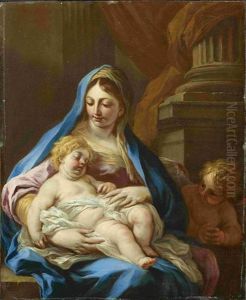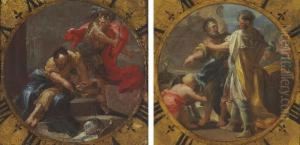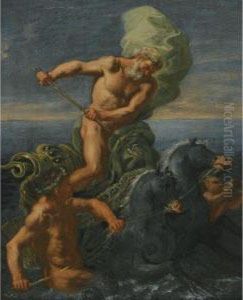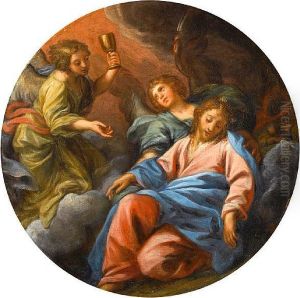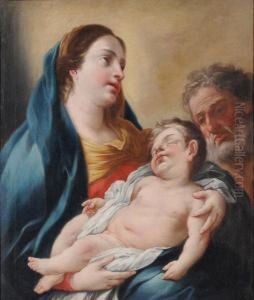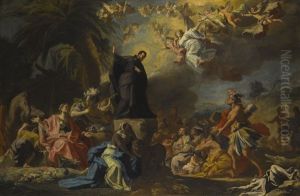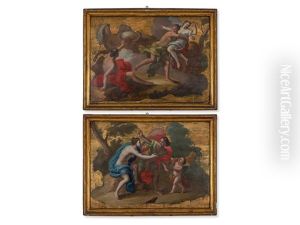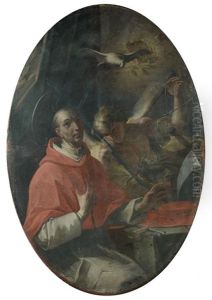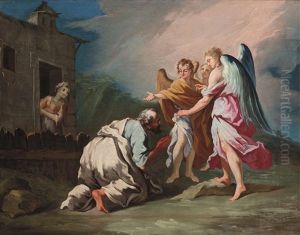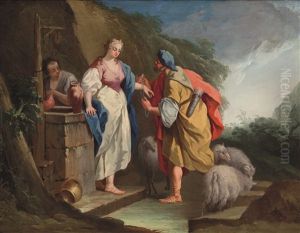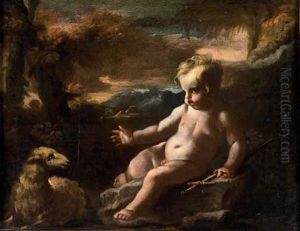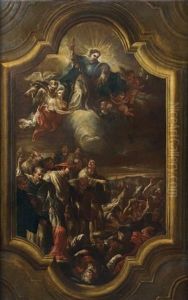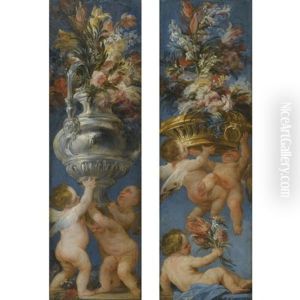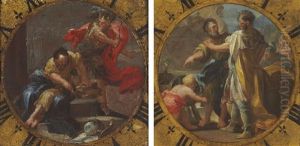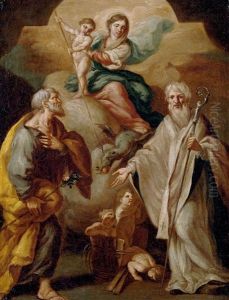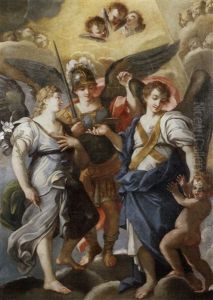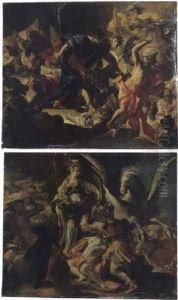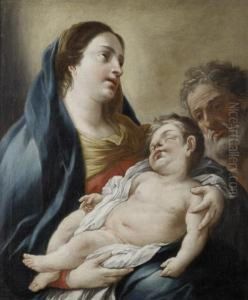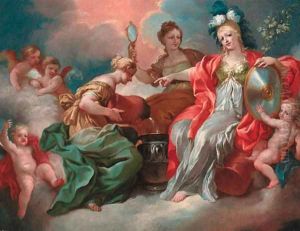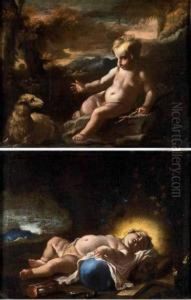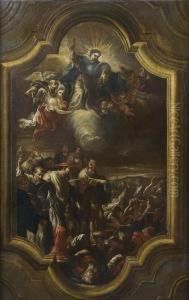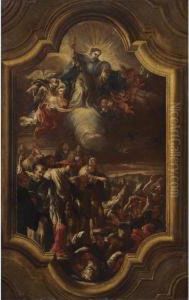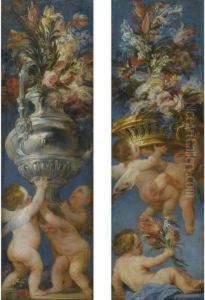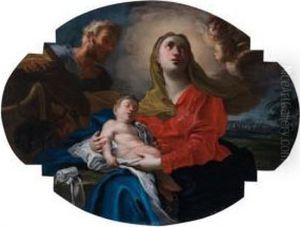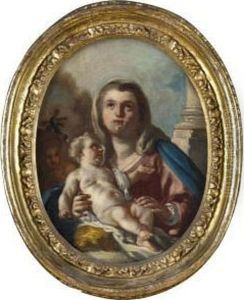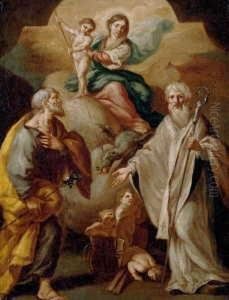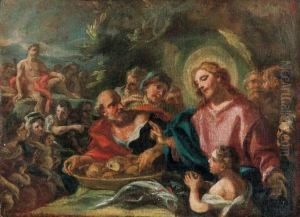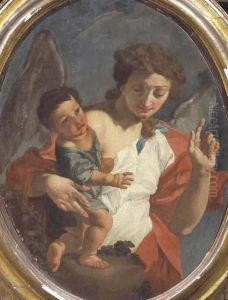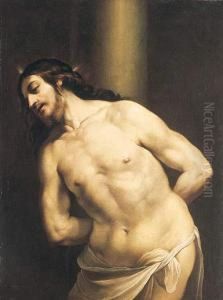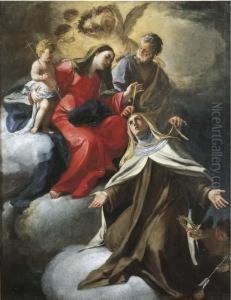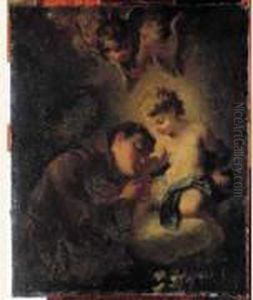Domenico Antonio Vaccaro Paintings
Domenico Antonio Vaccaro was an Italian painter, sculptor, and architect, renowned for his versatile contributions to the Baroque movement in Naples, Italy. Born on June 3, 1678, in Naples, Vaccaro emerged from a family deeply involved in the arts; his father, Lorenzo Vaccaro, was also a noted sculptor. This familial environment nurtured his talents from a young age, leading to a comprehensive apprenticeship under his father and later, under other prominent artists of the time.
Vaccaro's career was distinguished by his remarkable ability to master multiple disciplines within the arts. As a painter, he was celebrated for his dramatic use of light and shadow, a technique that added a vivid sense of movement to his religious and mythological scenes. His sculptures, often characterized by their dynamic forms and emotional intensity, further cemented his reputation as a leading Baroque artist in Naples. Additionally, Vaccaro's contributions to architecture highlight his innovative approach to design, incorporating elements of the Baroque style in a manner that was both grandiose and harmoniously integrated with the urban fabric of Naples.
Among Vaccaro's most significant works are the frescoes in the Tesoro Chapel in San Gennaro, the sculptural group of the Virgin of the Rosary in Santo Domenico Maggiore, and the design of the church of Santa Maria della Pace. Each of these works exemplifies his skillful handling of form and space, as well as his ability to imbue his artworks with a deep sense of spirituality and emotional resonance.
Vaccaro's impact extended beyond his own creations, as he played a crucial role in the development of the next generation of Neapolitan artists. Through his teachings and mentorship, he contributed to the perpetuation of the Baroque tradition in Naples, influencing both the aesthetic direction of the city and the careers of numerous artists who followed in his footsteps.
Domenico Antonio Vaccaro passed away on June 13, 1745, in Naples. His legacy is preserved not only in his diverse body of work, which continues to be admired for its artistic excellence, but also in the enduring influence he exerted on the Baroque style and on the cultural landscape of Naples. Today, Vaccaro is remembered as one of the most important figures in the history of Neapolitan art, a testament to his prolific career and his significant contributions to the world of art.
